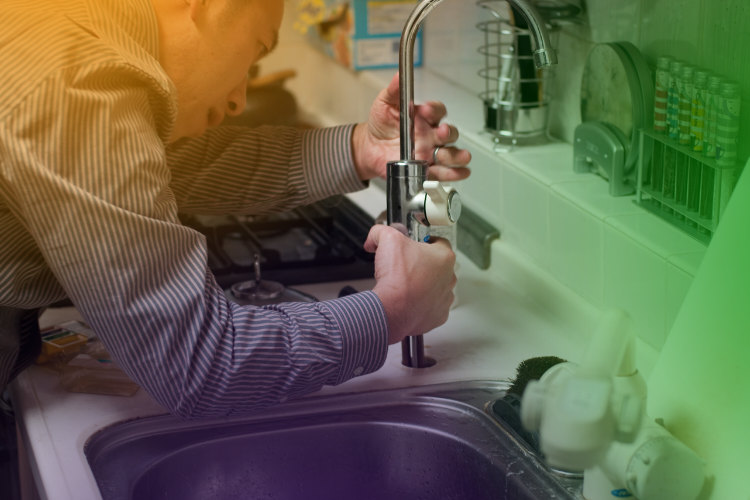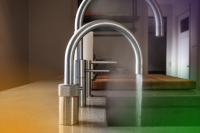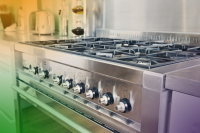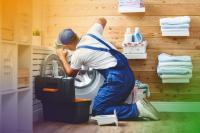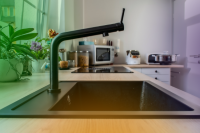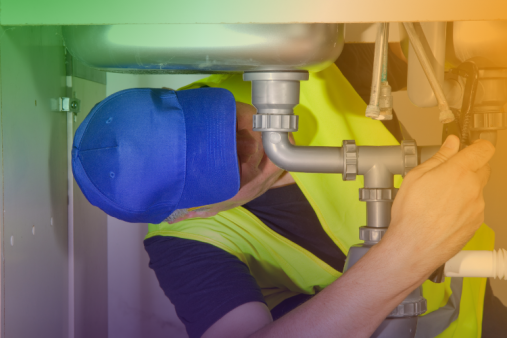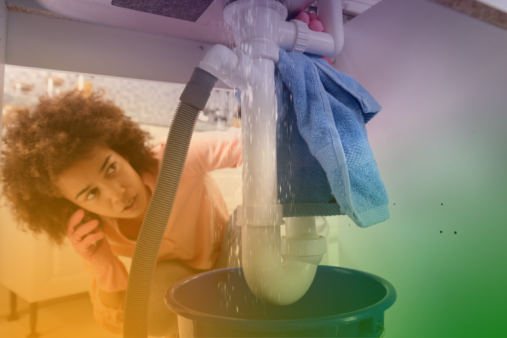101 Guide - The basics of kitchen plumbing
There are many basic plumbing projects that can be undertaken by a DIY enthusiast and although it may seem a bit daunting, once you know the fundamentals of pipe work, you should be able to save some money in doing simple plumbing yourself.
Once you have dismantled your current kitchen, have a look at the plumbing you have left. You may need to re-route the pipes or have worn out parts replaced.
Check For Leaks
Check for leaks or bad connections and replace these parts now. This job will be so much easier before your new kitchen gets installed.
Investigate Plumbing Regulations
Check all plumbing and earthing regulations before you undertake any job. If in doubt, ask a professional!
Always Turn Off The Water Supply
Turn off the water before you start any plumbing and keep a receptacle handy to catch any excess water from the pipes.
Where Will Your Plumbing (And Water) Go?
Consider the routes your pipes will take and make sure you leave plenty of space for the connections of your appliances like the washing machine and the dishwater. It’s common in kitchens to find poor access to cold and hot water feeds because of badly planned plumbing.
Consider Using Plastic Piping
If you are tackling plumbing yourself, it’s best to choose plastic pipe kits which snap together rather than thinking about using blow-torches and soldering guns. There are a number of advantages to using plastic piping rather than having to get involved with copper and soldering.
Benefits of Plastic Piping
- Fewer joints in plastic piping means that they are easier to fit together and also fewer joints might well mean less chance of leaks as time goes on or even when you are first getting started with fitting the piping.
- Plastic piping is much more lightweight than other materials.
- Cheaper to install overall.
- Likely less costly to transport to site
- Plastic piping does not have issues with rust
- Tough and resistant to chemicals
Situate piping inside cupboards rather than behind appliances so they are flush and don’t intrude on the design of your kitchen.
Sit Down and Think About Plumbing Design Before You Start
Many people tackle plumbing without really considering the implications of a bad design. We would highly recommend you use a professional plumber who is well recommended in your local area. Many kitchen fitters are also qualified plumbers who can advise on plumbing design as well as take on the task themselves.
